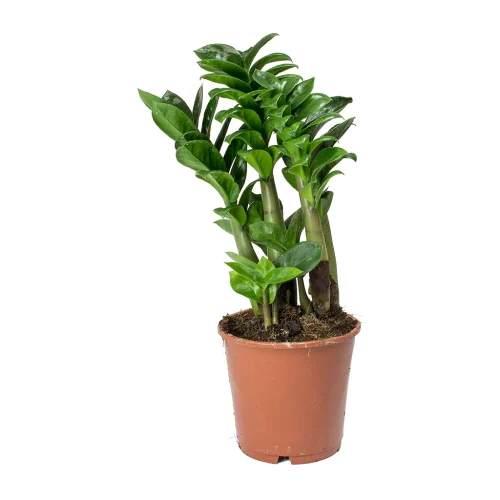
Fiddle Leaf Fig
8,950.00 LKR
Product details
- Common Name: Fiddle-Leaf Fig
- Height – 45cm – 60cm (This plant size is between mention size)
- Note – Plant may not look like on the picture but will make sure you will have good quality plant. ( You can request for your ordered plant pitcher before deliver)
- What Include – Plant & Soil with Plastic pot
- Delivery – Plant only Deliver on within Colombo & Suburb (we don’t deliver the plant by courier, we will deliver i n person with our delivery team)
- LARGE, DISTINCTIVE FOLIAGE – The Fiddle-Leaf Fig has larger leaves than most Ficus plants. Each leaf bears green colour, striking veins, as well as a unique and trendy look.
- HEIGHT & PRESENCE – An upright growth habit ensures it makes a great impact indoors. Multiple sizes are available – the tallest reaches an impressive height of 100cm!
- PROMINENT INDOOR PLANT – It certainly packs a punch and, due to its vibrant, fiddle-shaped leaves, the Fig is a striking focal point for any home or office.
- BRILLIANT AIR CLEANSER – Being an efficient air purifier, the plant will improve air quality by removing any harmful pollutants and unwanted toxins.
- SIMPLE CARE – A spot with equal exposure to shade and sun is preferred. Regularly mist and water the plant, increasing water levels if the leaves begin to droop.
Out of stock
Fiddle Leaf Fig
The fiddle-leaf fig (Ficus lyrata) is a popular indoor tree featuring very large, heavily veined, and glossy violin-shaped leaves that grow upright on a sleek trunk. A fiddle-leaf fig is perfect as a focal point of a room if you can situate it in a floor-standing container where the plant is allowed to grow to at least 6 feet tall. (Most indoor specimens reach around 10 feet tall.) It’s a fairly fast grower and can be potted at any point in the year if you’re like most gardeners acquiring a nursery plant to keep indoors.
Fiddle-Leaf Fig Care
These plants are native to tropical parts of Africa, where they thrive in very warm and wet conditions. This makes them somewhat challenging for the home grower, who is likely to have trouble duplicating these steamy conditions. However, they are relatively tough plants that can withstand a less-than-perfect environment for a fairly long time.
Fiddle leaf fig are not especially demanding plants as long as you can get their growing conditions right. When grown as a houseplant, be prepared to rotate your fiddle-leaf fig every few days so a different part faces the source of sunlight. That way, it will grow evenly, rather than lean toward the light.
Also, every week or two dust the leaves with a damp cloth. Not only does this make the leaves appear shinier and more appealing, but it also allows more sunlight to hit the leaves for photosynthesis. Moreover, you can trim off any damaged or dead leaves as they arise, as they no longer benefit the plant. And if you wish, you can prune off the top of the main stem for a bushier growth habit
Light
Fiddle-leaf figs require bright, filtered light to grow and look their best. Direct sunlight can burn the leaves, especially exposure to hot afternoon sun.2 And plants that are kept in very low light conditions will fail to grow rapidly.
Soil
Any quality indoor plant potting mix should be suitable for a fiddle-leaf fig. Ensure that the soil drains well.
Water
Fiddle-leaf figs like a moderate amount of moisture in the soil. If the plant doesn’t get enough water, its leaves will wilt and lose their bright green color. And if it gets too much water, the plant might drop its leaves and suffer from root rot, which ultimately can kill it. During the growing season (spring to fall), water your fiddle-leaf fig when the top inch of soil feels dry. And over the winter months, water slightly less.
Furthermore, these plants are sensitive to high salt levels in the soil.3 So it’s ideal to flush the soil until water comes out the bottom of the pot at least monthly. This helps to prevent salt build-up.
Temperature and Humidity
Fiddle-leaf figs don’t like extreme temperature fluctuations. A room that’s between 60 and 85 degrees Fahrenheit is typically fine, though you must position the plant away from drafty areas, as well as air-conditioning and heating vents. These can cause sudden temperature shifts.
Aim for a humidity level between 30 and 65 percent. If you need to supplement humidity, mist your plant with clean water in a spray bottle daily. Or you can place it on a tray of pebbles filled with water, as long as the bottom of the pot isn’t touching the water. Plus, fiddle-leaf figs can benefit from being in a room with a humidifier.
Fertilizer
Fertilize throughout the growing season with a high-nitrogen plant food, following label instructions. There are fertilizers specially made for fiddle-leaf figs available. You generally won’t have to feed your plant over the winter.
| Weight | 5 kg |
|---|---|
| Dimensions | 40 × 40 × 100 cm |


MAECENAS IACULIS
Vestibulum curae torquent diam diam commodo parturient penatibus nunc dui adipiscing convallis bulum parturient suspendisse parturient a.Parturient in parturient scelerisque nibh lectus quam a natoque adipiscing a vestibulum hendrerit et pharetra fames nunc natoque dui.
ADIPISCING CONVALLIS BULUM
- Vestibulum penatibus nunc dui adipiscing convallis bulum parturient suspendisse.
- Abitur parturient praesent lectus quam a natoque adipiscing a vestibulum hendre.
- Diam parturient dictumst parturient scelerisque nibh lectus.
Scelerisque adipiscing bibendum sem vestibulum et in a a a purus lectus faucibus lobortis tincidunt purus lectus nisl class eros.Condimentum a et ullamcorper dictumst mus et tristique elementum nam inceptos hac parturient scelerisque vestibulum amet elit ut volutpat.
Related products
2 Piece gold Cube Plant Stand
2 Piece Gold Rod Round Plant Pot Stand
2 Piece Kandyan Round Plant Stand
2 Piece Mogul Round Plant Stand
6 TIER METAL PLANT STAND BLOSSOM
- Type: Metal Plant Stand
- Material: Base – Metal
- Colour: Gold,Black
- Number of Items Included:1
- Outdoor Use: No
- Care Instructions: Wipe with dry cloth
- Assembly Required: No
- Model number –gold- (PS104) / Black- (ps105)
- Size – 8”x 29”
Chrysalidocarpus lutescens – Areca Palm
- Common Names - Areca palm, bamboo palm, golden cane palm, yellow palmBotanical Name . Dypsis lutescens (formerly Chrysalidocarpus lutescens)
- Height – 30cm – 60cm (This plant size is between mention size)
- Note – Plant may not look like on the picture but will make sure you will have good quality plant. ( You can request for your ordered plant pitcher before deliver)
- What Include – Plant & Soil with Plastic pot
- Delivery – Plant only Deliver on within Colombo & Suburb (we don’t deliver the plant by courier, we will deliver i n person with our delivery team
- Family - Arecaceae
- Plant Type - Palm or cycad
- Mature Size - 12-30 feet tall outdoors with a crown spread of 10-20 feet; 8 feet tall indoors
- Sun Exposure - Full to partial sun
- Soil Type - Moist, well-draine
- Soil pH - Acidic, neutral
- Bloom Time - Summer
- Flower Color - Pale yellow
- Native Area - Madagascar
Corn Plant / Indoor plant(Dracaena)
- Common Names - Corn plant, dracaena, false palm
- Botanical Name - Dracaena fragrans
- Height – 30cm – 60cm (This plant size is between mention size)
- Note – Plant may not look like on the picture but will make sure you will have good quality plant. ( You can request for your ordered plant pitcher before deliver)
- What Include – Plant with 2/3 Stems & Soil with Plastic pot
- Delivery – Plant only Deliver on within Colombo & Suburb (we don’t deliver the plant by courier, we will deliver i n person with our delivery team)
- Family - Asparagaceae
- Plant Type - Broadleaf, evergreen, shrub/tree
- Mature Size - 15–50 ft. tall, 3–10 ft. wide outdoors; container-grown plants can grow up to 6 ft. tall
- Sun Exposure - Partial
- Soil Type - Moist, well-draining, loamy
- Soil - pH 6.1 to 6.5 (Acidic)
- Bloom Time - Late fall and then again in late spring; nighttime bloomer
- Flower Color - White, yellow
- Hardiness Zones - 10–12 (USDA)
- Native Area - Africa (tropics)
Sansevieria trifasciata or snake plant
- Common Name - Snake plant, viper's bowstring hemp, St. George's sword
- Botanical Name - Dracaena trifasciata (formerly Sansevieria trifasciata)
- Height – 45cm – 60cm (This plant size is between mention size)
- Note – Plant may not look like on the picture but will make sure you will have good quality plant. ( You can request for your ordered plant pitcher before deliver)
- What Include – Plant ( 8- 12 Leaf) & Soil with Plastic pot
- Delivery – Plant only Deliver on within Colombo & Suburb (we don’t deliver the plant by courier, we will deliver i n person with our delivery team)
- Family - Asparagaceae
- Plant Type - Evergreen, perennial
- Mature Size - Six inches to 8 feet tall
- Sun Exposure - Shade to partial sun
- Soil Type - Sandy, well-drained
- Soil pH - Slightly acidic to slightly alkaline
- Bloom Time - Spring (blooms are rare)
- Flower - Color White
- Native Area - West Africa (tropical)


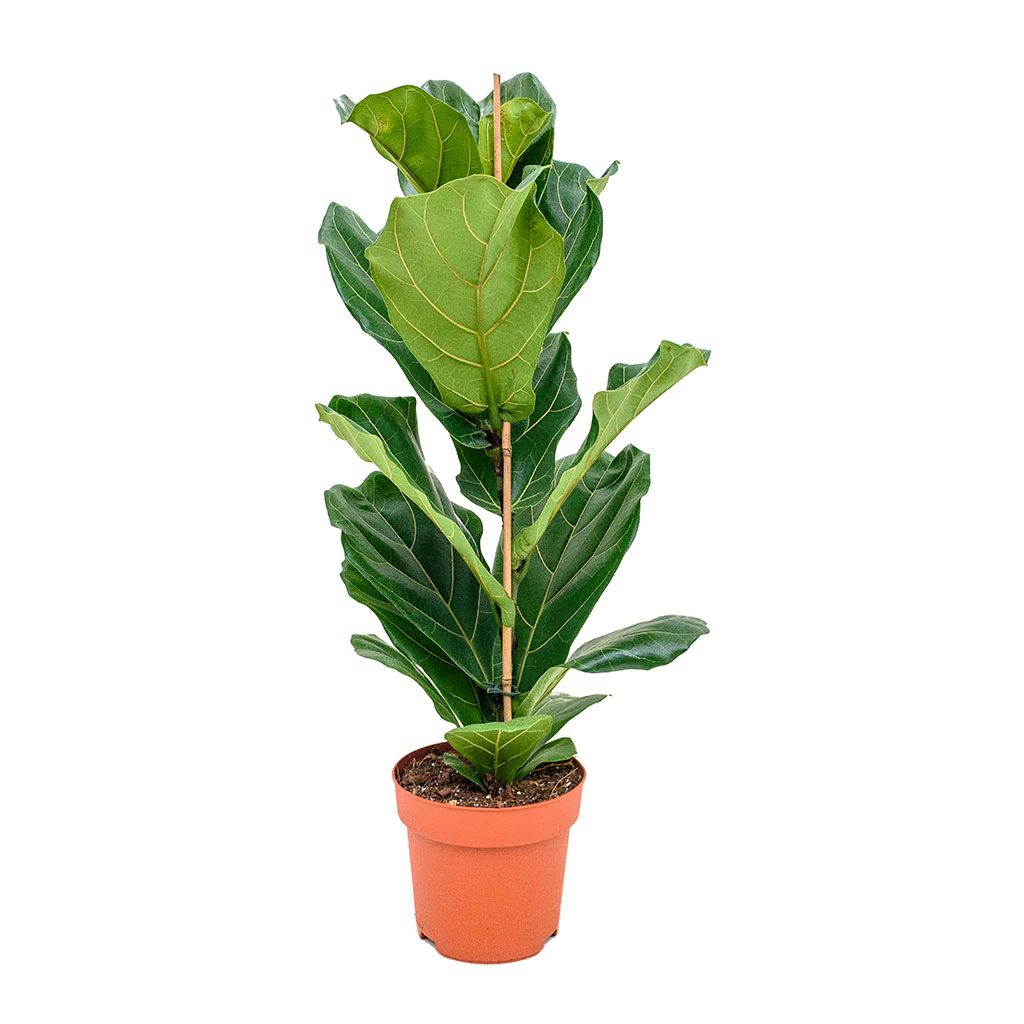
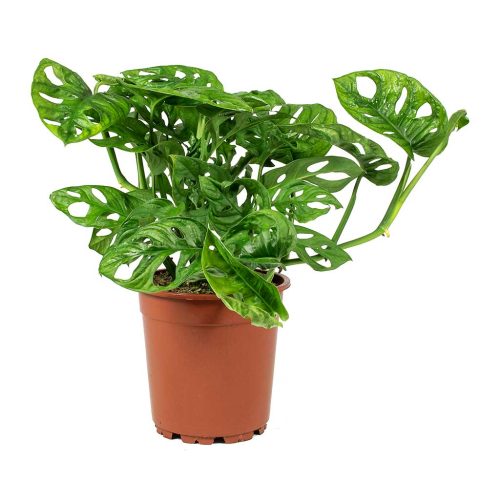



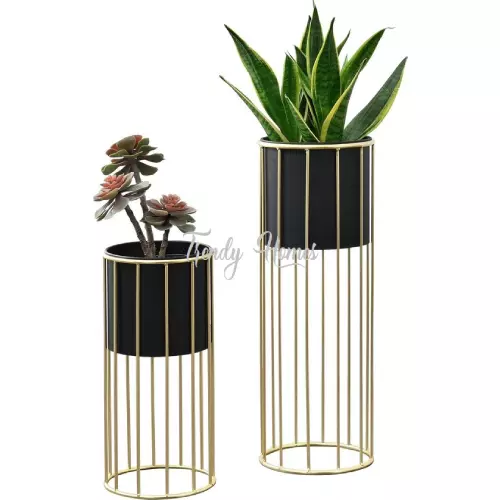
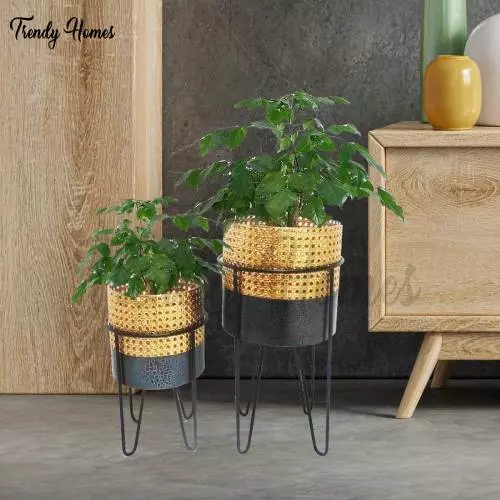




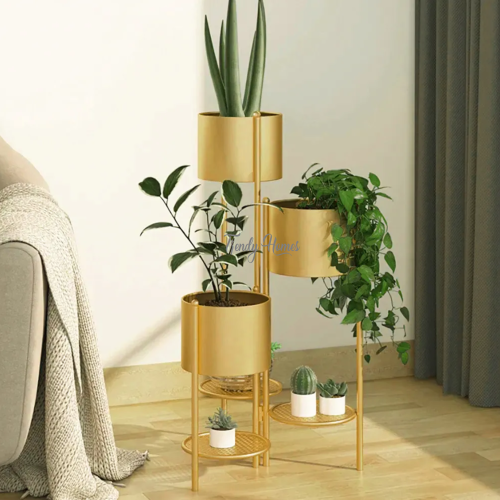
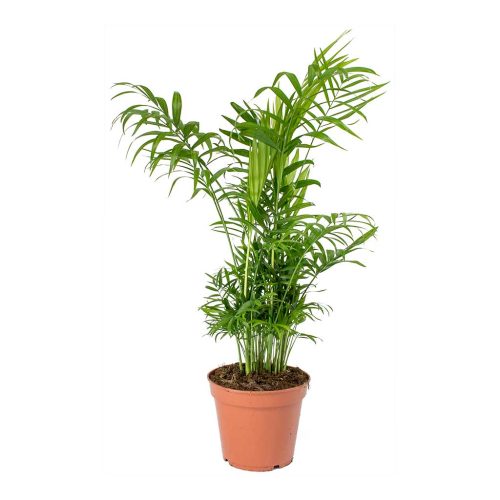
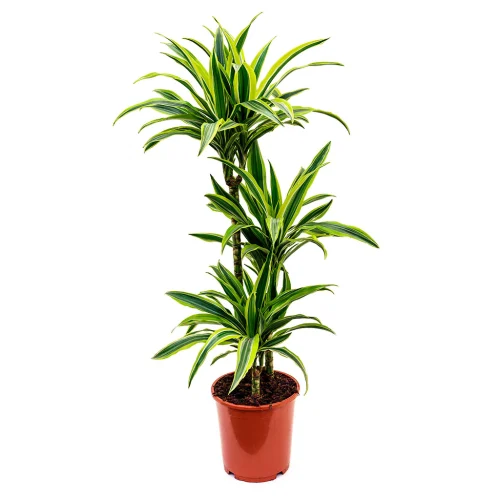
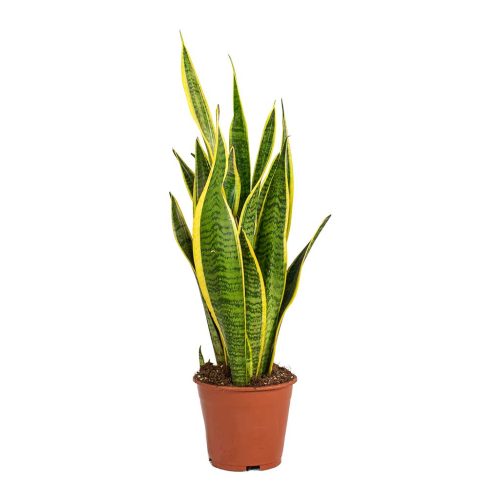
Reviews
There are no reviews yet.